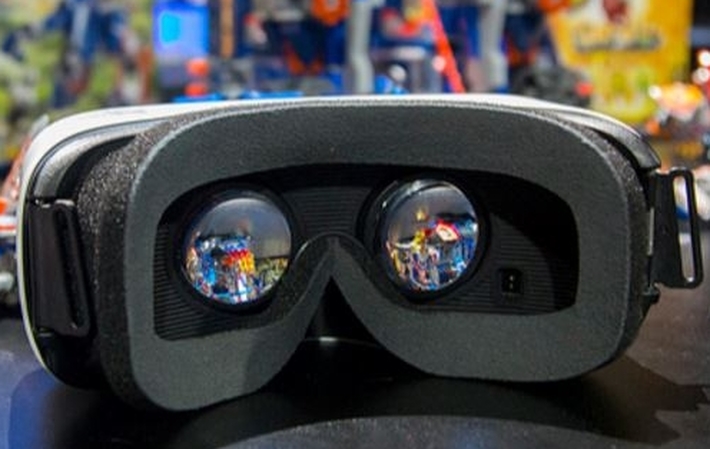
Published on 06/27/2017 | Technology
Explore more than 20 case studies showcasing how ThingWorx 8 makes it easy to develop powerful IoT solutions that deliver transformative business value.
For many of us, augmented reality (AR) feels like something out of a science fiction movie. However, AR is not only real; it is a technology that is beginning to transform industries and the way companies do business.
Commercial spending on AR worldwide is expected to hit $7.4B by 2018 – up from an estimated $895M in 2016. Forward-looking firms are already finding ways to implement AR technology for both their end user customers to experience their products in new ways and internally to achieve greater efficiency in how products are manufactured and serviced, how their workforce is trained and expanded globally, and so much more. More organizations are finding unique and custom ways to derive value from and use AR, especially with new AR authoring platforms becoming more available and advanced. Much like the IoT, those that aren’t thinking about ways to include this technology in their own organizations and solutions may find themselves left in the dust.
Companies in many industries – most notably manufacturing, healthcare, and product design – are exploring how augmented reality can impact operational efficiency, productivity, and ultimately, their bottom lines. Augmented reality merges the physical and digital worlds, laying digital information over real objects to provide in-depth, real-time information that can help employees to perform tasks better, smarter, and faster.
In the near-term, this technology will continue to be accessed by existing devices like smartphones, tablets, PCs and today’s proven wearable devices. As this technology advances and prices drop, AR will see widespread adoption of more wearables and purpose-built viewing hardware, as these technologies are currently in development and testing and are being rolled out with increasing frequency.
For companies implementing connected product strategies, adding augmented reality is a logical next step. IoT technology enables companies to collect, gather, and store a wealth of data about objects, equipment, products – the “things” that make up their organization. By using augmented reality with these smart, connected things, employees have instant access to all of the information about that thing – including specs, inventory, lead times, planned updates, performance data, instruction manuals – in the context in which they need it: the present. And, they’ll be able to experience that information visually, in a more natural state.
Augmented reality is being used with success in employee safety and training, diagnosing, repair, and maintenance of products, and in product design and development . AR technology enables better collaboration and enhances hands-on experiences.
Companies using AR for employee safety and training are impressed by its ability to train employees in a fraction of the time. Employees who are being trained to use products, equipment, or machinery are presented with comprehensive information about that object visually, which provides valuable context. As a result, training is done more quickly, with less error, and can be done more easily remotely and across language barriers. AR is revolutionizing hands-on training processes and manuals.
AR has been called the “killer app for service.” Technicians servicing products are able to overlay a physical product with digital information they can view onsite and in real-time with smartphones, tablets or wearable devices. Through AR, technicians can overlay product manuals and instructional videos, diagnostic information to see where performance problems exist, and even overlay original CAD files on the product so they can see the inner-workings before “opening up” a product or machine for repair. This speeds the time of service and supports more accurate, effective repairs, improving overall productivity. Combined with IoT, a technician might be able to see a comprehensive service history, easily assess that a product needs to be replaced or upgraded in advance of complete product failure, which could, in turn, prevent costly downtime.
This article was originally posted on the Thingworx blog.
About the author:
Brittany Ferrecchia
Digital Marketing Senior Specialist at PTC